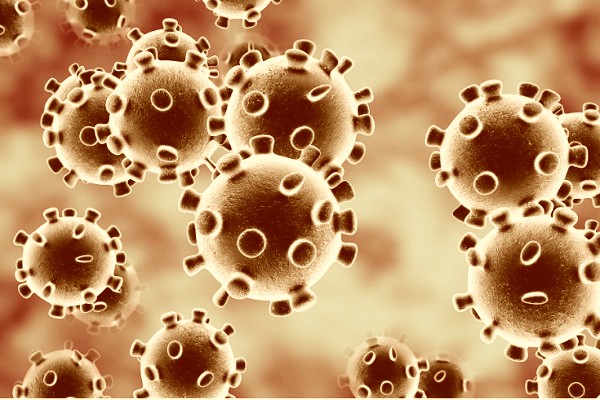 The New York State Department of Health and the New York City Department of Health and Mental Hygiene today announced the release of a collaborative study.
The New York State Department of Health and the New York City Department of Health and Mental Hygiene today announced the release of a collaborative study.
The study is a partnership between the two departments and the Centers for Disease Control and Prevention’s (CDC’s) Division of HIV Prevention regarding COVID-19 vaccination and people living with diagnosed HIV.
The study, published in the CDC’s Morbidity and Mortality Weekly Report (MMWR), found that COVID-19 vaccination coverage was lower among people living with diagnosed HIV (PLWDH) compared to the general adult population of New Yorkers.
In addition, the study offers new insight into racial and ethnic disparities regarding vaccine uptake, as the State and City work to encourage vaccination in this population and among all New Yorkers.
“People living with HIV have long faced barriers in meeting their health care needs, and our study shows this disadvantage extends to COVID-19 vaccination,” said New York State Health Commissioner Dr. Mary T. Bassett. “We are pleased to have worked with the New York City Department of Health and Mental Hygiene and the CDC to highlight this gap in care. We will continue to work together to encourage all New Yorkers to get vaccinated and boosted when eligible to prevent serious outcomes from COVID-19.”
“Vaccination remains the best tool we have to keep New Yorkers safe and healthy,” said New York City Health Commissioner, Dr. Dave A. Chokshi. “We know that people living with HIV are at higher risk for severe outcomes and we must continue to do all we can to prevent needless suffering and death. Thank you to the NY State Department of Health and our partners at the CDC for your continued collaboration to keep all New Yorkers safe and healthy.”
The study, which included the New York State Department of Health’s AIDS Institute, covered the time period between March 1, 2020 and October 24, 2021 and found that COVID-19 vaccination coverage among PLWDH overall (63.5%) was lower than that in the adult New York population (75.0%).
Differences in demographics between PLWDH and the general population might partly explain this. However, researchers found coverage was lower than 75% for each demographic group of PLWDH.
Differences in demographics between PLWDH and the general population might partly explain this. However, researchers found coverage was lower than 75% for each demographic group of PLWDH.
Among different racial/ethnic groups, coverage was highest among non-Hispanic White PLWDH (70.8%), and lowest among non-Hispanic Black PLWDH (58.6%) and Native American PLWDH (58.4%).
Among different racial/ethnic groups, coverage was highest among non-Hispanic White PLWDH (70.8%), and lowest among non-Hispanic Black PLWDH (58.6%) and Native American PLWDH (58.4%).
Members of Black non-Hispanic and Hispanic communities, which historically have comprised the majority of PLWDH in New York, were also more likely to be infected with COVID-19 and experience serious outcomes than those from non-Hispanic and White communities.
These gaps in vaccination coverage likely contribute to disparities in COVID-19 outcomes among PLWDH.
Examining data on evidence of HIV care in 2020, lack of HIV care was associated with lack of COVID-19 vaccination. Vaccination coverage was substantially lower among PLWDH without evidence of HIV care in 2020 (29.1%) than among those receiving care (69.2%).
Coverage was also lower among PLWDH not known to be virally suppressed via use of antiretroviral therapies (38.1%) compared with those whose virus was suppressed (72.0%).
Given the increased likelihood of severe COVID-19–related outcomes experienced by PLWDH, it is essential to address the large disparity in COVID-19 vaccination coverage by HIV care and viral suppression status, in addition to ensuring access to booster doses.
The State and City health departments encourage provider and community partners and funded agencies to promote COVID-19 vaccine uptake among the HIV community, including through interventions that promote vaccine education, reduce hesitancy and involve messaging delivered by people with HIV.
For more information about the COVID-19 vaccine, see: https://covid19vaccine.health.ny.gov/ or https://www1.nyc.gov/site/doh/covid/covid-19-vaccines.page.
For more information on the study, see here. The study will also be available at 1:00 pm today in the CDC’s Morbidity and Mortality Weekly Report (MMWR).
Become a Harlem Insider!
By submitting this form, you are consenting to receive marketing emails from: . You can revoke your consent to receive emails at any time by using the SafeUnsubscribe® link, found at the bottom of every email. Emails are serviced by Constant Contact








